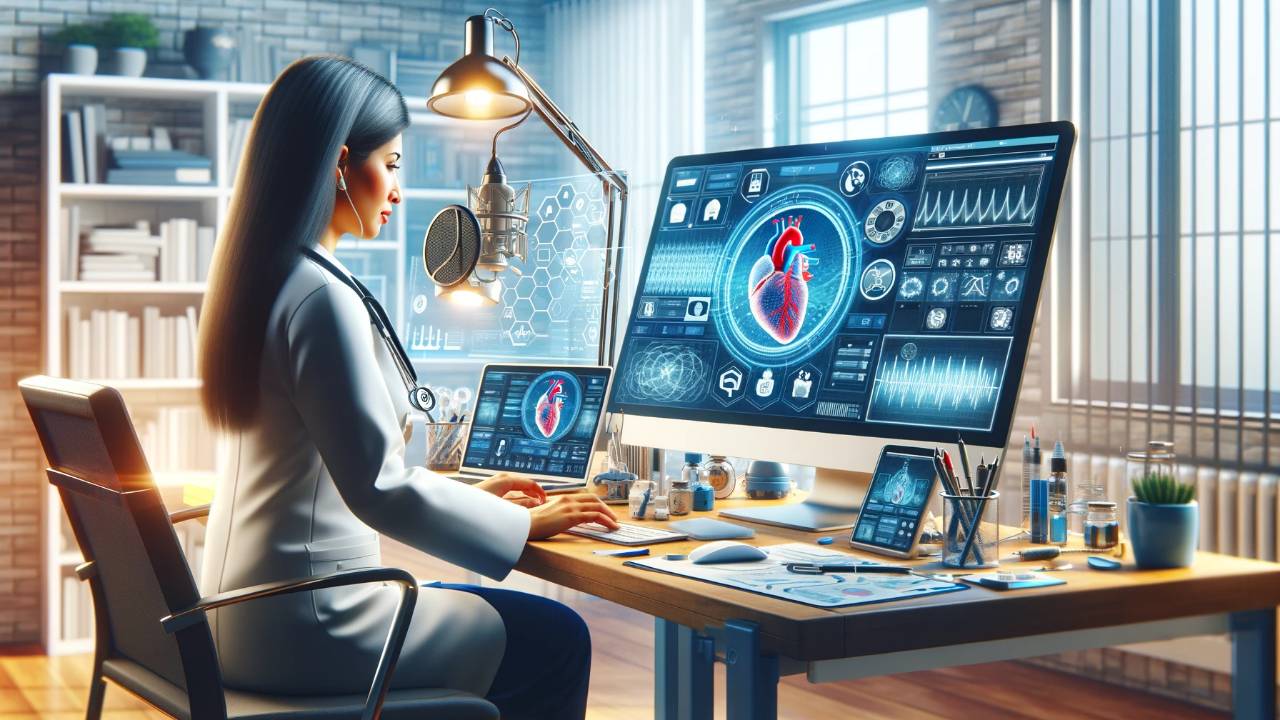
Summary: Delve into the transformative effects of digital resources on medical education. Explore how technology is reshaping the teaching and learning experiences for healthcare professionals and students alike.
Digital resources have significantly influenced the landscape of medical teaching, revolutionizing traditional methods and enhancing the educational journey for both instructors and students. Here's a comprehensive exploration of the profound impact of digital resources on medical education:
1. Accessible Medical Knowledge:
Information at Your Fingertips: Digital resources provide instant access to vast medical libraries, research papers, textbooks, and clinical guidelines, enriching learning experiences.
2. E-Learning Platforms:
Flexible Learning: Online platforms offer a flexible way to access lectures, courses, and educational materials, allowing students to tailor their study schedules.
3. Virtual Anatomy and Dissection:
Interactive Learning: Virtual tools and 3D anatomy applications enable students to explore and dissect the human body in a dynamic, interactive way.
4. Medical Simulations:
Realistic Scenarios: Simulated patient encounters and medical scenarios help students practice clinical skills and decision-making in a controlled environment.
5. Telemedicine Integration:
Practical Experience: Telemedicine modules enable students to participate in remote consultations, gaining valuable experience in virtual patient care.
6. Augmented Reality (AR) and Virtual Reality (VR):
Immersive Education: AR and VR technologies create immersive environments where students can visualize complex medical concepts and surgical procedures.
7. Mobile Apps:
On-the-Go Learning: Medical apps offer quick reference tools, clinical calculators, and diagnostic aids that support learning anytime, anywhere.
8. Interactive Assessments:
Engagement and Feedback: Digital resources include interactive quizzes, self-assessment tools, and practice exams that enhance student engagement and provide instant feedback.
9. Collaborative Learning:
Online Communities: Digital platforms foster collaboration among students, enabling discussion, knowledge sharing, and peer learning.
10. Medical Databases:
Research and Evidence-Based Practice: Access to databases like PubMed and UpToDate facilitates evidence-based research and clinical decision-making.
11. Personalized Learning:
Tailored Education: Adaptive learning technologies use data analytics to customize educational content based on individual learning styles and progress.
12. Lecture Capture:
On-Demand Lectures: Recorded lectures and webinars allow students to revisit content and review key concepts as needed.
13. Remote Clinical Training:
Virtual Clinical Rotations: Remote clinical experiences and telehealth training opportunities prepare students for modern healthcare practices.
14. Global Health Initiatives:
International Perspective: Digital resources support global health programs, enabling students to engage with healthcare challenges worldwide.
15. Patient Simulation Software:
Realistic Patient Scenarios: Advanced patient simulation software replicates a wide range of medical conditions for training and assessment.
16. Mobile Learning Devices:
Tablets and Smartphones: Mobile devices facilitate on-the-go learning and quick access to medical reference materials.
17. Gamification:
Interactive Challenges: Medical gamification apps and platforms motivate students to learn through games and challenges.
18. Artificial Intelligence (AI):
Clinical Decision Support: AI-powered tools assist students in diagnosing and developing treatment plans based on patient data.
19. Continuous Assessment:
Progress Tracking: Digital resources provide ongoing assessment and performance tracking to help students monitor their progress.
20. Ethical and Cultural Competence Training:
Cultural Sensitivity: Digital resources incorporate modules on ethical dilemmas, cultural competence, and patient-centered care.
Conclusion:
Digital resources have revolutionized medical teaching, offering unprecedented access to knowledge, immersive learning experiences, and tools that prepare future healthcare professionals for the complexities of modern medicine. Embracing these innovations empowers both educators and students to excel in the dynamic world of healthcare.



